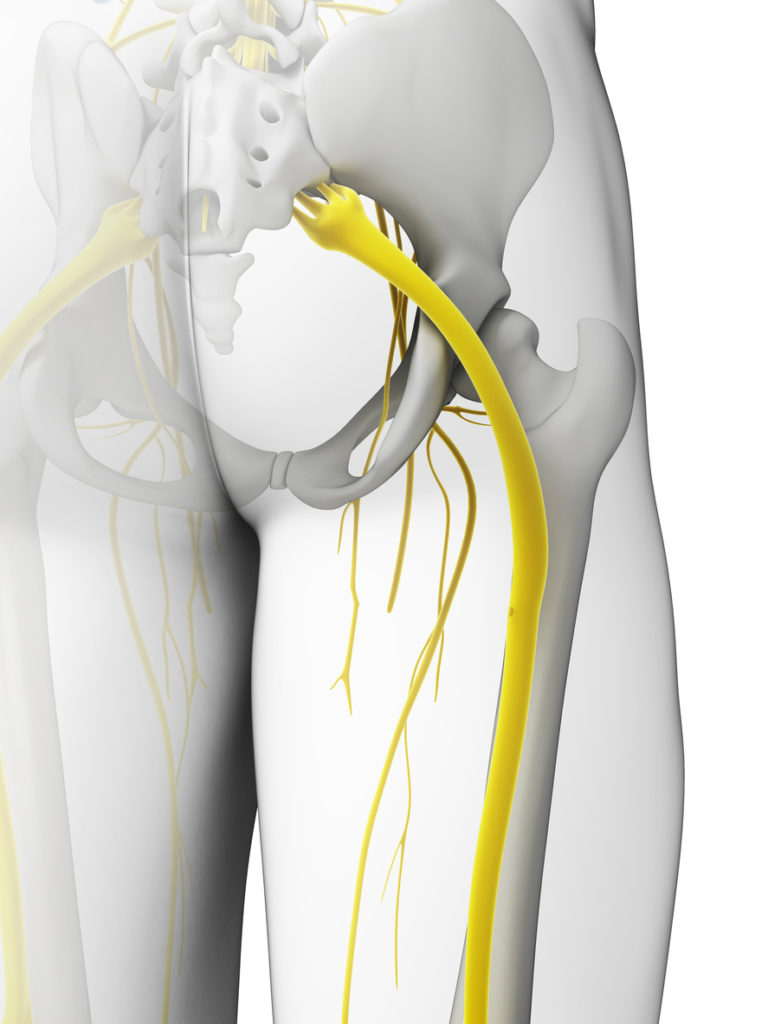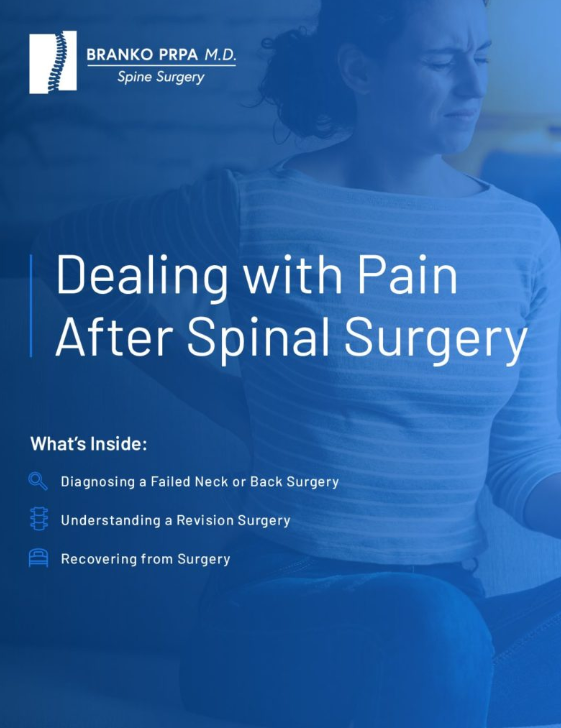Understanding Sciatica and Its Effect on Your Body

Are you experiencing the negative effects of sciatica?
According to the New England Journal of Medicine, nearly half of all Americans will experience problems with their sciatic nerve at some point in their lives – just around 43%.
What many of us may not know is that sciatica can affect more than just your lower back.
The single largest nerve in the human body is the sciatic nerve, which is indeed located in the lower back. This doesn’t accurately describe the entire situation, though. The sciatic nerve is really more of a network of nerve roots that extend from the lower back down to the back of each leg. Eventually, portions break off from there and affect the thigh, calf, foot, and even the toes. Because the sciatic nerve is such a far-reaching nerve in the human body, it can affect multiple areas of the lower region. Therefore, if you suspect sciatica is a source of some pain or discomfort, understanding some basic facts about the condition can be very helpful.
A pinched sciatic nerve is the cause of discomfort for people suffering from sciatica, which is usually a painful tingling sensation that begins in the lower back and travels past the buttock, and eventually all the way down the leg. One odd thing about this condition is that the pain often seems to get better when walking and is usually at its worst when standing or sitting. Another odd characteristic about sciatica is that pain in the leg is more common than it is in the lower back. Occasionally symptoms can be exacerbated by sudden movements like coughing or sneezing.
Like many malfunctions that can occur in our bodies, there are instances when sciatica may require immediate medical attention. The following is a list of situations that should be considered urgent:
- If symptoms occur in both legs
- Bladder or bowel dysfunction results
- Pain in the genital area
- Acute symptoms that occur from recent trauma
- Symptoms that are accompanied by fever or loss of appetite
Is sciatica a problem affecting your quality of life or ability to work? If so, there are a few options for treatment if the effects of sciatica are too much to bear.
1. Pain Relief
Cold or hot therapy can be very effective in treating sudden onset symptoms. The most popular form of treatment is to start by applying ice to the most painful area for about 20 minutes at a time and repeating every couple of hours. If ice is ineffective, use a hot compress for the same amount of time and frequency.
If neither cold nor hot therapy works, then certain anti-inflammatories or muscle relaxants can help in the short term, for up to two weeks. Any prescribed medication of this type is not recommended for any longer than that due to their narcotic properties, which can be addictive.
If all else fails and the pain still doesn’t go away, epidural steroid injections can be very effective in providing immediate, albeit temporary, relief.
2. Alternative Treatments
Many people choose to shun the logical choice of medical treatment. This would certainly not be a recommended course of action for severe symptoms or in any of the more urgent situations listed above. However, if you think your case is mild enough to try alternative treatments, some people have reported success with such treatments as massage therapy, acupuncture, physical therapy, or even psychological sessions to reduce stress.
3. Surgical Options
Rarely is sciatica severe enough to require surgery. In the event that such a treatment option is recommended, always make sure you are getting the best advice possible by carefully considering all of your options. Seek a second opinion if you’re at all unsure that surgery is the best treatment for you.
Prevention is always the best course of action, when possible. Stop the pain before it even starts. The best way to prevent sciatica is the same way you can prevent most medical conditions from becoming a problem, which is with regular exercise and a healthy lifestyle. A smart combination of aerobic and anaerobic exercises can help to relieve sciatic pain and get you back to a full activity life. As a side benefit, increased physical activity will also provide positive results for your overall health.
 Minimize the Effects of Sciatica
Minimize the Effects of Sciatica
Dr. Branko Prpa, M.D. is a spine surgeon dedicated to delivering optimal surgical and non-surgical results for all patients. Please contact us today for more information on how we can help you with your back pain or other spinal conditions.

